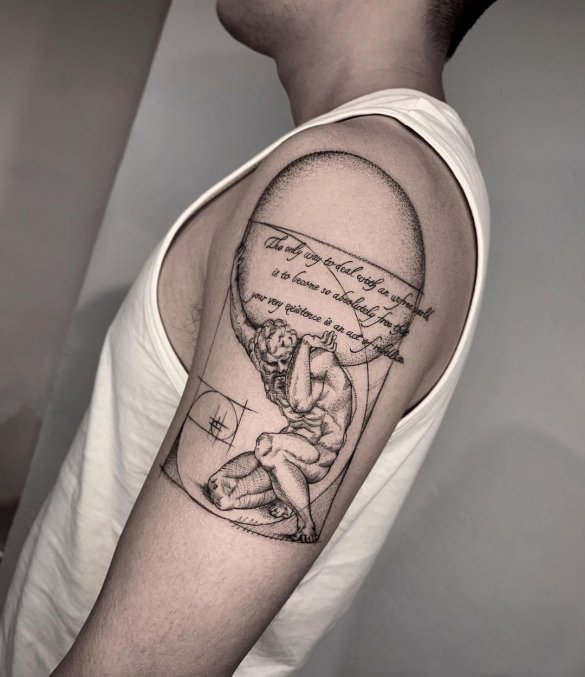
The planula size of the planula-strobilation type is 500–800 µm while that of the polyp-strobilation type is 200–300 µm (Kakinuma 1975 Yasuda 1988).

The following details have been reported regarding this kind of development in Aurelia. coerulea planulae should be called ‘planula strobilation’ as it includes a benthic stage. coerulea may be due to the strobilation of planulae because large planulae developed into ephyrae in low water temperature conditions, and into polyps in high water temperature conditions, similar to normal strobilation from polyps. ( 2019) suggested that the direct development of A. ( 1999), where the planula develops into an ephyra without settling on substrate.
However, Arai ( 1997: p 159) noted direct development of ephyrae from planulae only in Pelagia, a phenomenon also observed in Periphylla by Jarms et al. This was called ‘ Ephyra pedunculata’ by Haeckel ( 1881) and Hirai ( 1958) and is currently referred to these days as ‘direct development’ (Berrill 1949 Hirai 1958 Kakinuma 1975 Yasuda 1975, 1979 Arai 1997 Lucas 2001). 1) have shown another variation in their life cycle, where the planula ostensibly metamorphoses directly into an ephyra, omitting the polyp stage after settling on substrate (Haeckel 1881 Hirai 1958 Kakinuma 1975 Miyake et al. The released ephyrae grow into sexually mature medusae during summer. The polyps subsequently then transform into strobilae, releasing planktonic ephyrae in winter and regenerate into polyps again. Polyps produce clones asexually and create colonies. Fertilized eggs develop into planulae, which attach to a suitable substrate, and metamorphose into polyps. The scyphozoan moon jellyfish Aurelia spp., alternate between asexual benthic polyp and sexual planktonic medusa stages in their life cycle. The mass occurrence of the scyphozoan moon jellyfish, Aurelia spp., disrupts coastal economic activities, especially electric power plants and fisheries (Purcell and Arai 2001 Purcell et al. This method could be an important basis for devising countermeasures for jellyfish blooms in areas where ephyrae deriving from planula strobilation occur. The ranges for identifying planula-strobilated ephyra were 35.0–38.3% for CDD/TBD, 56.7–64.9% for LStL/CDD, 84.7–99.5% for TMLL/CDD, and 31.0–37.5% for RLL/TMLL. Thus, we show that body proportions can be used to identify planula- and polyp-strobilated ephyrae. The differences in body dimensions, such as total body diameter (TBD), central disc diameter (CDD), lappet stem length (LStL), rhopalial lappet length (RLL), and total marginal lappet length (TMLL) were compared between the two types of ephyra. This study aimed to determine the morphological characteristics to distinguish between planula-strobilated and polyp-strobilated ephyrae. However, the effect of the planula-strobilated ephyrae on the ephyra population is yet to be determined, since their morphological characteristics have not yet been elucidated. There is a mixture of ephyrae developed from planulae (planula-strobilated ephyrae) and ephyrae developed from polyps (polyp-strobilated ephyrae) in the ephyra population. However, it has been reported that planulae can also metamorphose directly into ephyrae, without passing through the polyp stage. The Living Infinite is an ever-changing undersea trench – with randomized biomes, on-foot expeditions, loot, civilizations and a dynamic difficulty system to keep you guessing every time you take a dive.įrom wrenches, to wedding rings, to electricity-powered weaponry, a wide selection of tools and weapons await discovery.Ĭhoose from a wide variety of era-specific outfits from the 19th century so you can dive in style! Non-gender-specific mustaches included.Ephyrae are produced through the strobilation of polyps in the general life cycle of Aurelia coerulea. Pilot, repair, load torpedoes and reroute power as you and your crew dash around one of several unlockable submarines on your voyage into the deep.

DIE. Crew a submarine with friends in We Need To Go Deeper - a 2-4-player cooperative submarine roguelike set in a Verne-inspired undersea universe.ĭesigned with human interaction in mind, in We Need to Go Deeper you communicate or perish.


 0 kommentar(er)
0 kommentar(er)
